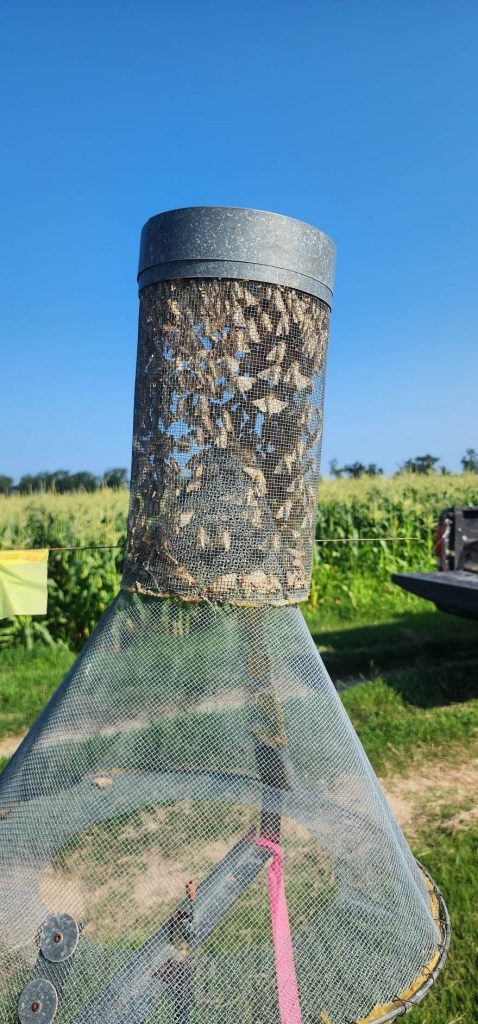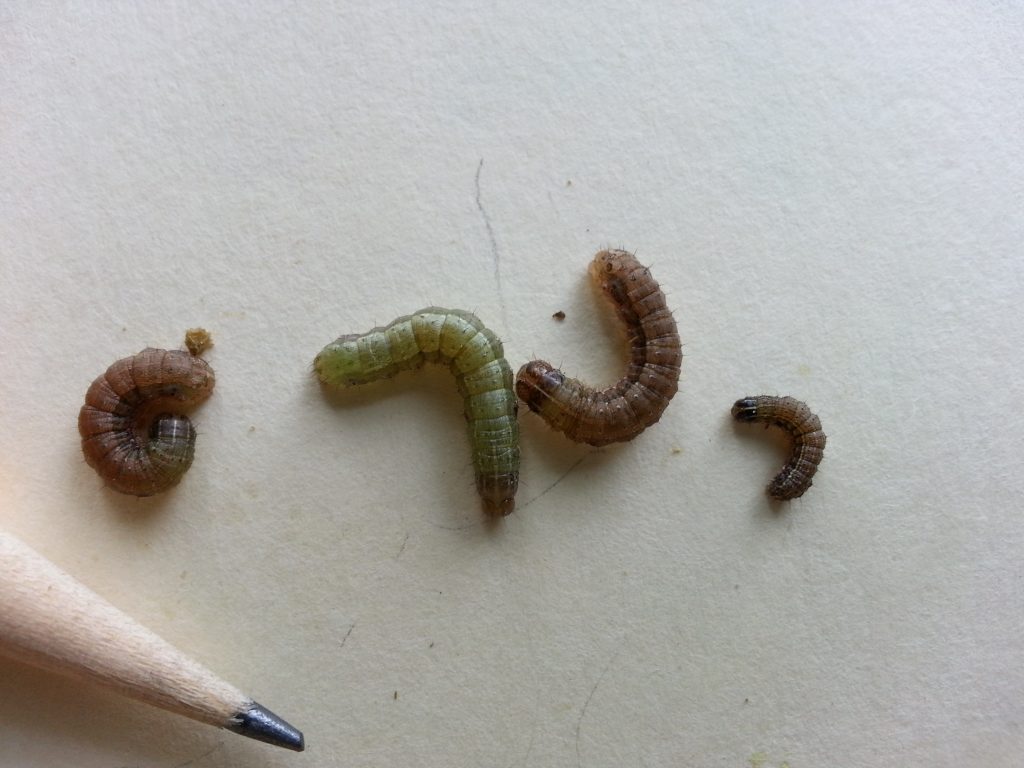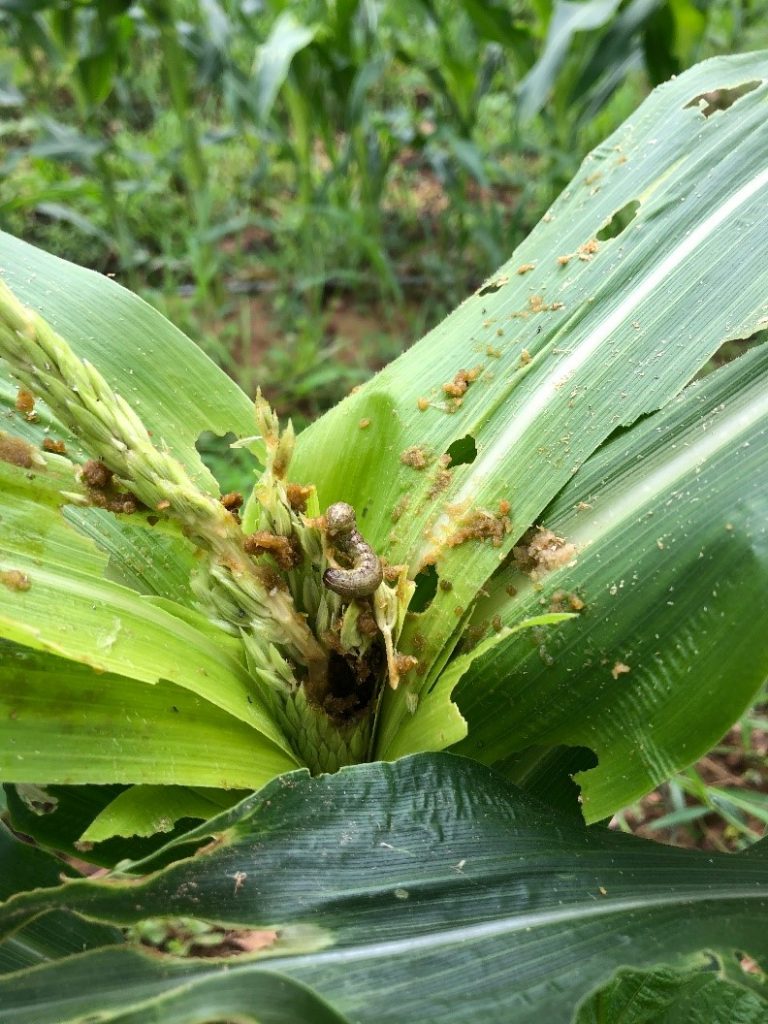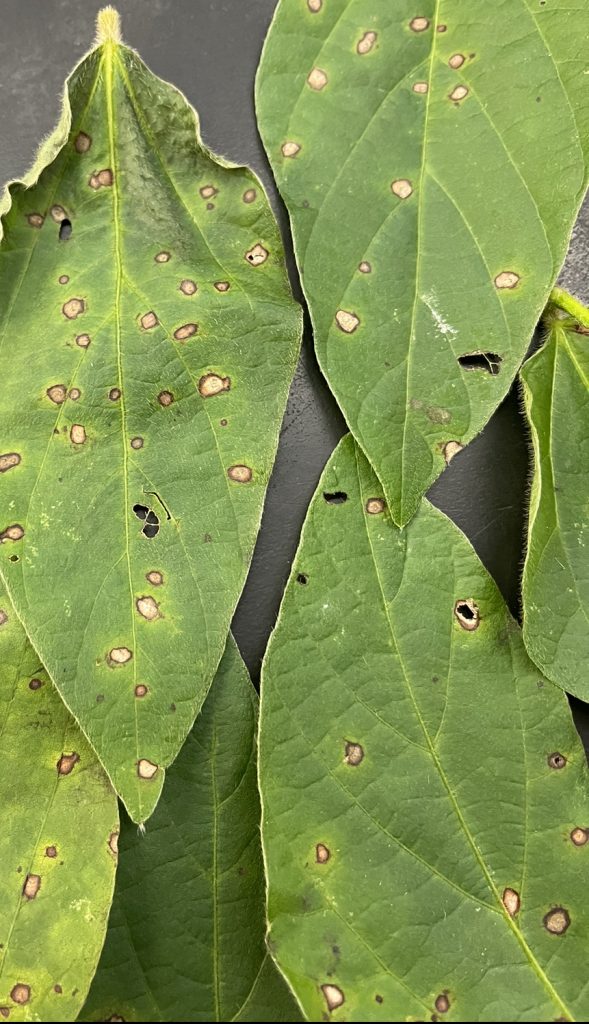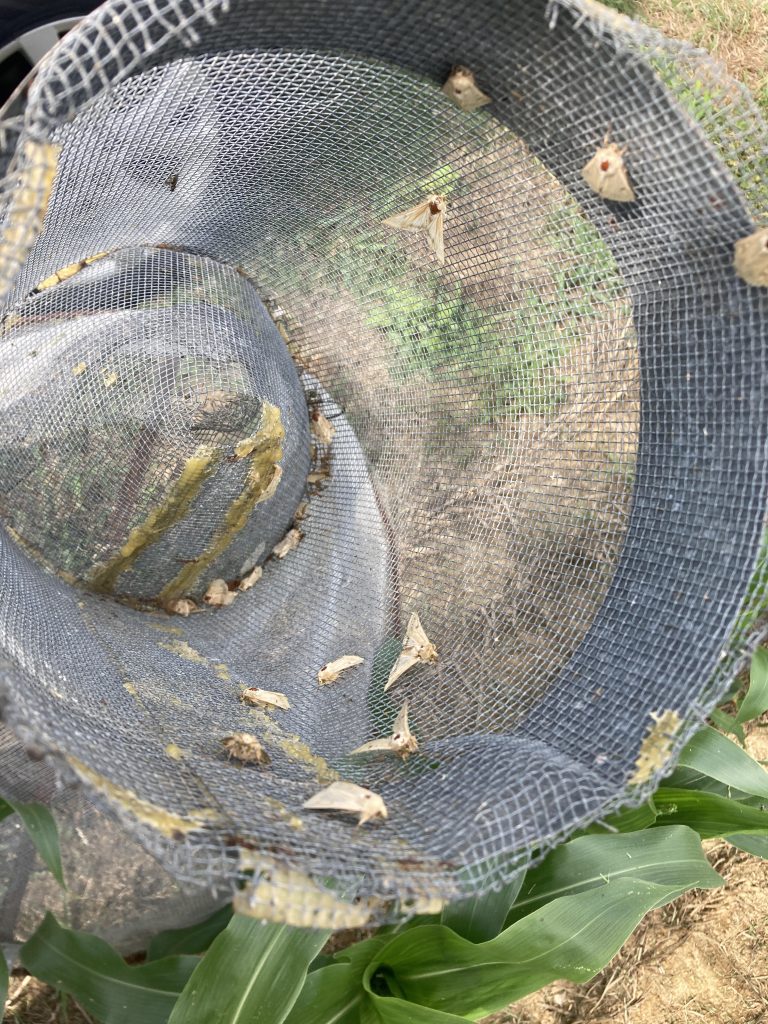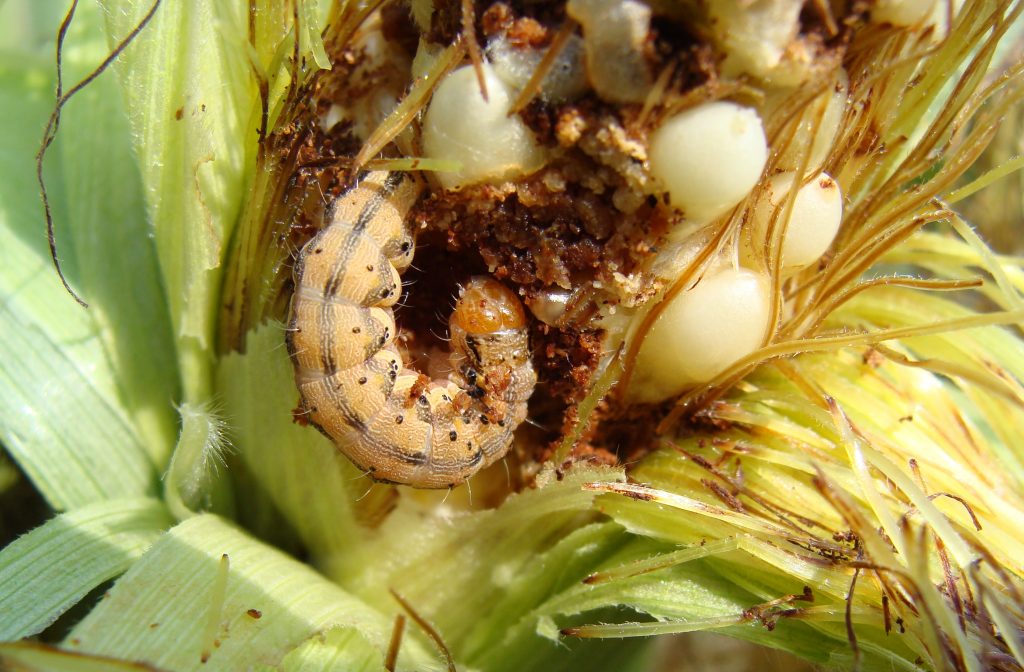With current rainfall from Idalia and cooler temperatures over the next three days, peanut fields with a history of SB (Sclerotinia blight) should be sprayed soon with a fungicide that can reduce losses to that disease.
SB is favored by rainfall and periods of high relative humidity, but what really triggers it is cooler temperatures. The current forecast is for daily highs to be in the upper 70s and 55 to 60° lows over the next three days. Those lows will really get SB cranked up! I have already seen SB slowly moving in my trials and I’ve heard reports that peanut growers are seeing it in some of their fields. According to Dr. David Jordan, peanuts are likely 1 week behind in maturity compared to last year due to the record cool temperatures observed in May, so there’s plenty of time for SB to do some damage.
This late in the game the second spray of Miravis tank-mixed with Elatus surely has been applied, or is about to based on when the first spray was applied. I do not recommend the first application of the Miravis/Elatus tank-mix be used this late, mainly due to it’s having no curative activity on either LLS (late leaf spot) or SB and for reducing risk of fungicide resistance to those chemistries. I’m quite hesitant even to recommend the second application at this time.
The safe bet is applying Omega 500 for SB tank-mixed with an effective fungicide for LLS. If you sprayed Miravis/Elatus the first week of August, I’d prefer to use Omega 500 at 1.0 pt/acre in the next few days to protect against SB. If you have a field that’s notorious for severe losses to SB, you can go to 1.5 pt/acre, but I haven’t seen a big difference in control between the two rates. I consider Omega 500 to have 3 weeks of activity against SB. So if it’s been 3 weeks or more since you applied Omega 500, I’d be thinking about that 2nd application right about now. Remember, Omega 500 has a 30 day PHI (preharvest interval). That’s 30 days prior to harvesting with a peanut picker, not 30 days until digging.
One saving grace is that temperatures go up again next Monday and maintain daily lows in the upper 60s/low 70s and highs in the upper 80s/low 90s until about September 11th according to the current forecast. Most peanuts in the region have fairly dense canopies now, so while the higher temperatures may slow SB development, the disease will continue to progress and potentially explode again if favorable conditions present themselves.

